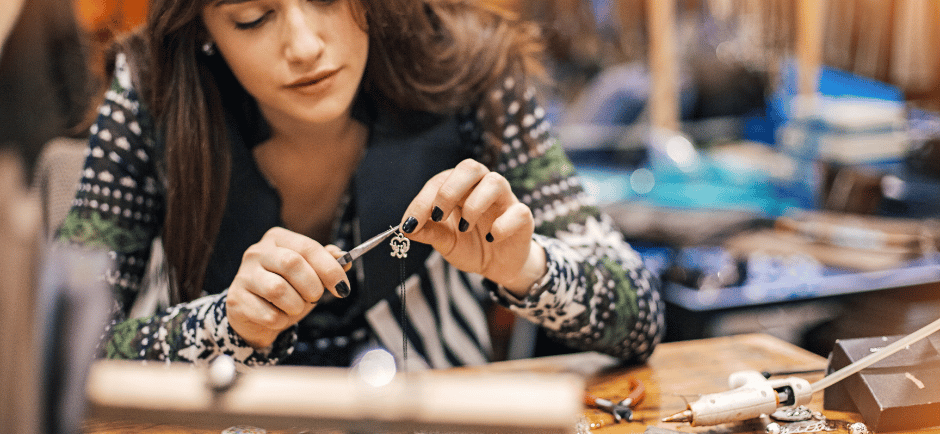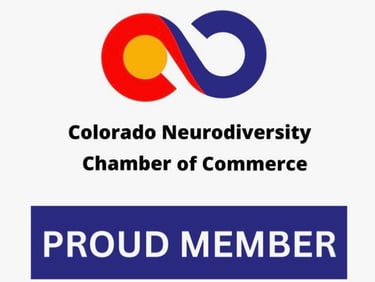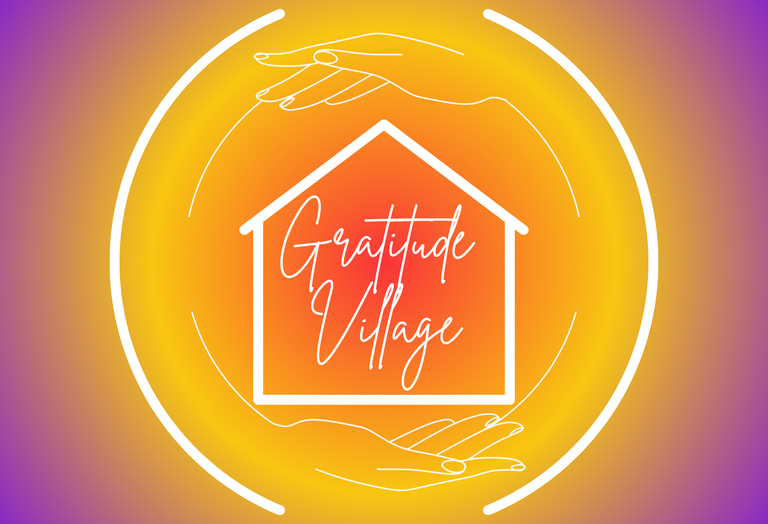Join our next Information Session via Zoom November 18 from 5-6pm MST
Makerspaces: Enhancing Creativity and Connection in Cohousing Communities
Makerspaces, community-driven spaces where people come together to create, collaborate, and innovate, have become increasingly popular in recent years. These spaces provide access to tools, technology, and resources that foster hands-on learning and creativity. From woodworking to 3D printing, makerspaces can offer a diverse array of equipment and materials for DIY enthusiasts, hobbyists, and budding entrepreneurs. In the context of a cohousing community, incorporating a makerspace can bring significant social, educational, and economic benefits.
Gratitude Village
10/23/20243 min read


Makerspaces: Enhancing Creativity and Connection in Cohousing Communities
Makerspaces, community-driven spaces where people come together to create, collaborate, and innovate, have become increasingly popular in recent years. These spaces provide access to tools, technology, and resources that foster hands-on learning and creativity. From woodworking to 3D printing, makerspaces can offer a diverse array of equipment and materials for DIY enthusiasts, hobbyists, and budding entrepreneurs. In the context of a cohousing community, incorporating a makerspace can bring significant social, educational, and economic benefits.
What is a Makerspace?
At its core, a makerspace is a place where individuals gather to share knowledge and resources, working on creative projects across a variety of mediums. Makerspaces can include equipment like 3D printers, laser cutters, sewing machines, woodworking tools, electronics kits, and even digital design software. These spaces foster a culture of learning by doing, encouraging experimentation and innovation. Makerspaces are often seen in schools, libraries, and community centers, but their potential within a cohousing environment is particularly compelling.
Social Benefits of a Makerspace in Cohousing
One of the primary draws of cohousing is the emphasis on fostering tight-knit communities where residents actively engage with one another. A makerspace aligns perfectly with this goal, offering a central place where neighbors can come together, share ideas, and collaborate on projects. It naturally promotes teamwork, communication, and the sharing of skills.
For instance, one neighbor might be skilled in woodworking, while another has a passion for electronics. In a makerspace, they could collaborate on building custom furniture or creating solar-powered gadgets, bringing their unique expertise together. This cross-pollination of ideas and talents can strengthen relationships and deepen the sense of community in ways that go beyond casual social interactions.
Furthermore, a makerspace can serve as an intergenerational bridge. Children, adults, and seniors alike can participate in activities, working on projects that pique their interests. Parents and children could work side-by-side, fostering family bonding through creativity. Elders can share their years of knowledge and craftsmanship, while younger residents can teach new technologies like 3D modeling and printing. This dynamic interaction builds trust, mutual respect, and shared purpose, making the community even more cohesive.
Educational Opportunities
A makerspace offers immense educational value, particularly for children and young adults in a cohousing community. It provides a hands-on learning environment where they can explore STEM (Science, Technology, Engineering, Math) subjects, develop problem-solving skills, and tap into their creativity. A project like designing and building a birdhouse can teach concepts ranging from geometry and physics to ecology and environmental stewardship.
Workshops or classes could be organized by residents who are experts in particular fields. For example, one community member might lead a course on basic carpentry, while another could teach coding or digital design. These sessions can cater to all ages and skill levels, making the makerspace a hub of continuous learning.
Additionally, cohousing communities often emphasize sustainability and environmental consciousness. Makerspaces can support this by enabling residents to repair, upcycle, or repurpose items rather than discarding them. Learning to fix appliances, build solar panels, or sew clothes helps residents adopt a more sustainable lifestyle while teaching valuable skills in self-reliance.
Economic Benefits
The economic potential of a makerspace in cohousing should not be overlooked. Makerspaces offer residents a low-cost way to access expensive equipment and tools, which they might not be able to afford on their own. This shared resource model can help households save money on home repairs, crafting, or small entrepreneurial ventures.
Moreover, a makerspace can incubate small businesses within the community. Residents who create marketable products, such as handmade furniture, clothing, or crafts, can use the makerspace to prototype and produce their goods. Community members can work together to start small businesses, with the makerspace acting as a hub for innovation. Cohousing communities often encourage local economies, and a makerspace could be integral to supporting small-scale entrepreneurship.
Local sales of products made in the makerspace could generate additional income for the community, creating a more self-sustaining economic ecosystem. Furthermore, the availability of a makerspace could attract new residents who are creative, entrepreneurial, or interested in sustainable living, enhancing the community's vibrancy.
Enhancing the Cohousing Experience
A makerspace embodies many of the principles that make cohousing such an appealing lifestyle. It is a shared resource that promotes collaboration, strengthens community ties, and empowers individuals with the tools and knowledge to create and innovate. In cohousing communities, where collective effort and mutual support are central values, a makerspace enhances this spirit of cooperation.
Moreover, it aligns with the values of sustainability and resourcefulness that many cohousing communities hold dear. By providing a space for repairing, upcycling, and building eco-friendly solutions, a makerspace encourages a lifestyle that minimizes waste and promotes environmental stewardship.
Incorporating a makerspace into a cohousing community offers far-reaching benefits. It brings people together, providing a venue for creativity, education, and entrepreneurship. Whether residents are working on personal projects or collaborating on community initiatives, a makerspace enhances the cohousing experience by fostering connection and innovation. In an environment where shared resources and values are prioritized, a makerspace could become a cornerstone of both social and economic resilience within the community. As cohousing communities continue to evolve, the addition of a makerspace could further strengthen their capacity for collective creativity and sustainability.
COMMUNITY
Join us in embracing nature, diversity and connection.
Sustainability
DIVERSITY
info@gratitudevillageco.com
720-689-4821
© 2025. All rights reserved.
AFFORDABILITY
Gratitude Village Inc. is a 501(c)3 charitable corporation that values diversity, equity, and inclusion as essential to our mission
Subscribe to our Substack
Refund Policy




Gratitude Village is a Proud Member of these organizations
